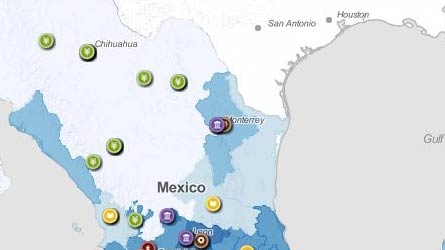Challenge
Despite having the world’s 11th largest economy, Mexico has a difficult history in the disbursement of public works and services to its citizens. In 2009, the procurement system was overregulated, focused heavily on the administrative function, and based primarily on legal regulations. Public procurement accounted for 40 percent of the federal budget (around 10 percent of gross domestic product, GDP), and the cost of inefficiency was estimated at between 10 and 14 percent per year. Lack of transparency also allowed corruption to flourish. Additionally, the electronic procurement system was outdated and incapable of improving transparency, generating competition, or streamlining processes. Procurement staff lacked both knowledge and professionalism.
Solution
In 2007, a procurement report by the Bank provided an in-depth assessment of Mexico’s procurement system and offered critical recommendations. Since 2011, a dedicated team of policy analysts in the Bank’s procurement unit used a combination of knowledge and convening services to play a key role in the reform process. Through a number of conferences, closed events, and dedicated access to global expertise, the Bank acted as a partner of choice in providing specialized advisory services on cost saving strategies (framework agreements), in developing procurement performance indices, and in designing a professionalization program. Close attention to meeting the client’s needs was critical.

